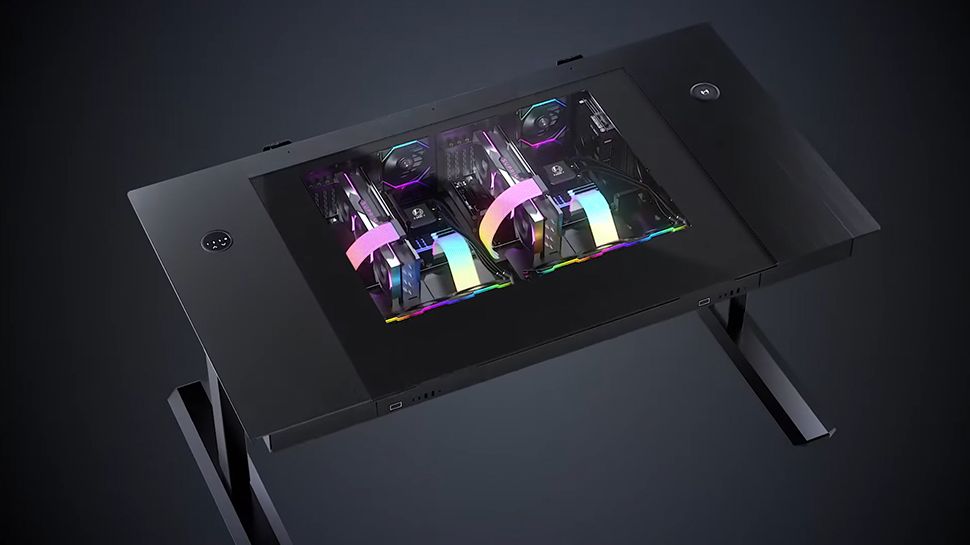How we tested
Mashable staff subjected most of the laptops on this list to varying degrees of hands-on testing. At minimum, this involved inspecting their build quality and using them for a variety of real-world tasks for several weeks at a time. This included working in different kinds of documents, checking emails, watching videos, taking photos on their webcams, participating in video calls, listening to music (via Spotify), playing games (if possible), and experimenting with any unique software features or use. cases they claimed to support.
Additionally, most of the laptops featured here were made to run industry-standard benchmark software. We run these benchmarks because they replicate real-world tasks to produce scores we can use to easily compare different laptops’ performance. We recently started implementing these benchmarks in our testing, and you can expect to see them in all of our new laptop reviews going forward.
performance benchmarks
We evaluate a laptop’s overall performance by running the appropriate version of Primate Labs’ Geekbench 6(That would be macOS for MacBooks; Windows for Windows laptops, including gaming laptops; and Android for Chromebooks.) This test measures CPU performance in a handful of common tasks, and we record the resulting multi-core score. The higher the score, the better.
To get a sense of gaming laptops’ graphical prowess, we also play Cyberpunk 2077 on them. We picked this game because it’s a graphically intense AAA title that pushes many systems to their performance limits. If the laptop has a discrete/dedicated NVIDIA GeForce RTX graphics card (as opposed to an integrated GPU that’s built into the CPU), we play Cyberpunk once with its DLSS tech off and again with DLSS on using the High preset without ray tracing. This tests the machine’s raw GPU power and its performance with AI upscaling, respectively.
We follow this up with 3DMark’s Time Spy Benchmark for gaming PCs and record their scores. Again, higher is better.
Battery life benchmarks
We look to see about 11 to 12 hours of battery life in the MacBooks we test, with 15-plus hours being exceptional, and 9 to 10 hours in the Windows laptops we review, with 12+ hours being ideal. Gaming laptops are a different story: They only need to last at least 2 hours per charge to get our approval, earning extra brownie points for reaching the 4-hour mark. Meanwhile, 8 hours is our baseline for Chromebooks, but 9 to 10 hours is best.
We’ve assessed laptops’ stamina a couple different ways in the past. To standardize our battery life testing methodology, we conduct a video rundown test on MacBook and Windows laptops that involves playing a looped 1080p version of Tears of Steela short open-source Blender movie, at 50 percent brightness. For gaming laptops we use PCMark 10’s battery life test, and for Chromebooks, CrXPRT 2.
final thoughts
After evaluating a laptop’s hands-on performance and benchmark testing results, we make our final recommendations based on whether we think they offer a good overall value for the money. A too-expensive laptop will sometimes get a pass if we think it looks and works so great that it’s worth the trouble of finding it on sale.
It bears mentioning that these aren’t the only laptops we’ve tried — we’re constantly testing and assessing new models across different categories, and many don’t make the final cut. With that in mind, you can expect this guide to evolve on a pretty continuous basis. We’re always on the lookout for new top contenders.











